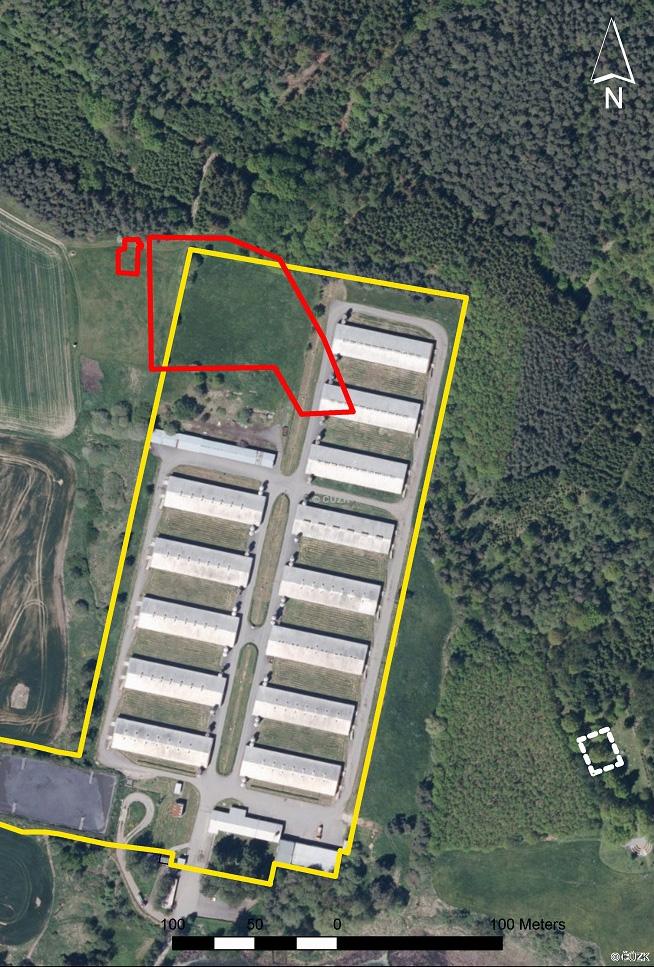LIVE BROADCAST AT 11 AM: Winning design for future memorial at former concentration camp for Roma to be unveiled in Prague
Representatives of the Museum of Romani Culture will be presenting the winning design of the new Memorial to the Holocaust of the Roma and Sinti at Lety u Písku today at the Nostitz Palace in Prague. The competition jury has chosen the winner from among seven finalists in the international landscape-architecture contest to which 42 designs were originally submitted.
The designs were submitted and assessed anonymously. The museum plans to open the new memorial in 2023.
ROMEA TV will broadcast the announcement live online at 11 AM today. According to the museum, the new exhibition and memorial are meant to honor the memory of Holocaust victims of Romani and Sinti origin, to educate, inform and spark a discussion about both the past and the current situation in society, and to also touch on the subjects of discrimination against minorities and human rights.
During the Second World War, a concentration camp for Romani people was run at Lety. During the postwar communist regime, in the 1970s, an industrial pig farm was built at the site.
In 2018 the Czech state bought out the farm for CZK 450 million [EUR 17 million] from the AGPI company, which had 13 000 pigs there at the time. The former camp at Lety had been established in August 1940 by the authorities of the Protectorate of Bohemia and Moravia as a so-called “disciplinary labor camp”.
When it first opened, the camp at Lety just housed adult men who were 100 % healthy and 100 % able to work. The number of Romani people among the forced laborers was between approximately 10 % and 20 %, with the population rising in the winter, when communities did their best to rid themselves of “inconvenient” inhabitants.
Lety was called a “disciplinary labor” camp for roughly a year and a half, until January 1942. At that point such camps were rather formally renamed as “collections” camps, but those imprisoned in them were still just adult males.
In the summer of 1942, however, a radical adjustment was made to the focus of the camp, and on 10 July 1942 the General Commander of the Plainclothes Police of the Protectorate issued an order to “combat the gypsy plague”. On the basis of that order, the existing “collections” camps were closed, and in their place were opened, as of 2 August 1942, the so-called “gypsy” camps, and all of the prisoners of “collections” camps were released with the exception of prisoners who were “racially gypsies” and who became the first prisoiners of the newly-opened so-called “gypsy camps”.
During the first days of August 1942, entire Romani families were sent to these camps, i.e., including all of the members of those families, for an unlimited amount of time. The camp at Lety saw 1 308 Romani people pass through it, including very young children.
At a minimum, 327 Romani people died in the camp and more than 500 Romani people from Lety ended up in the Auschwitz death camp. The Lety concentration camp was part of the machinery used by the Nazis and their collaborators to murder 90 % of the Romani people in Bohemia and Moravia.
